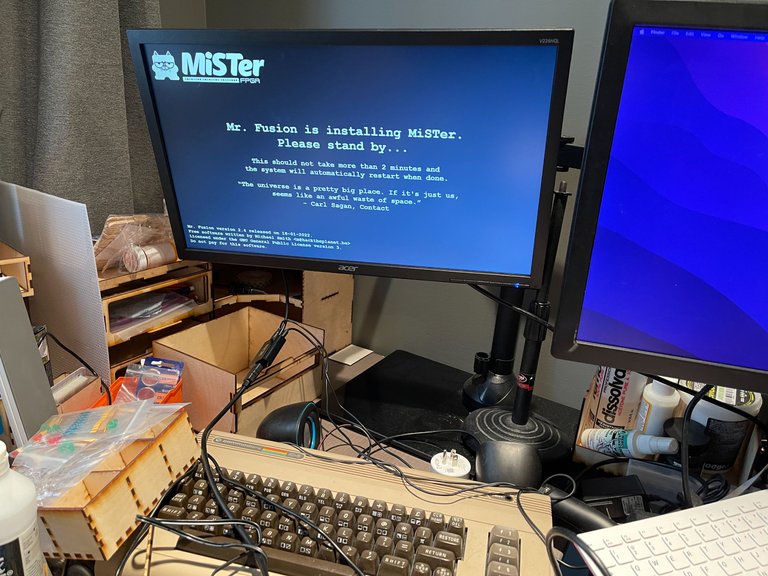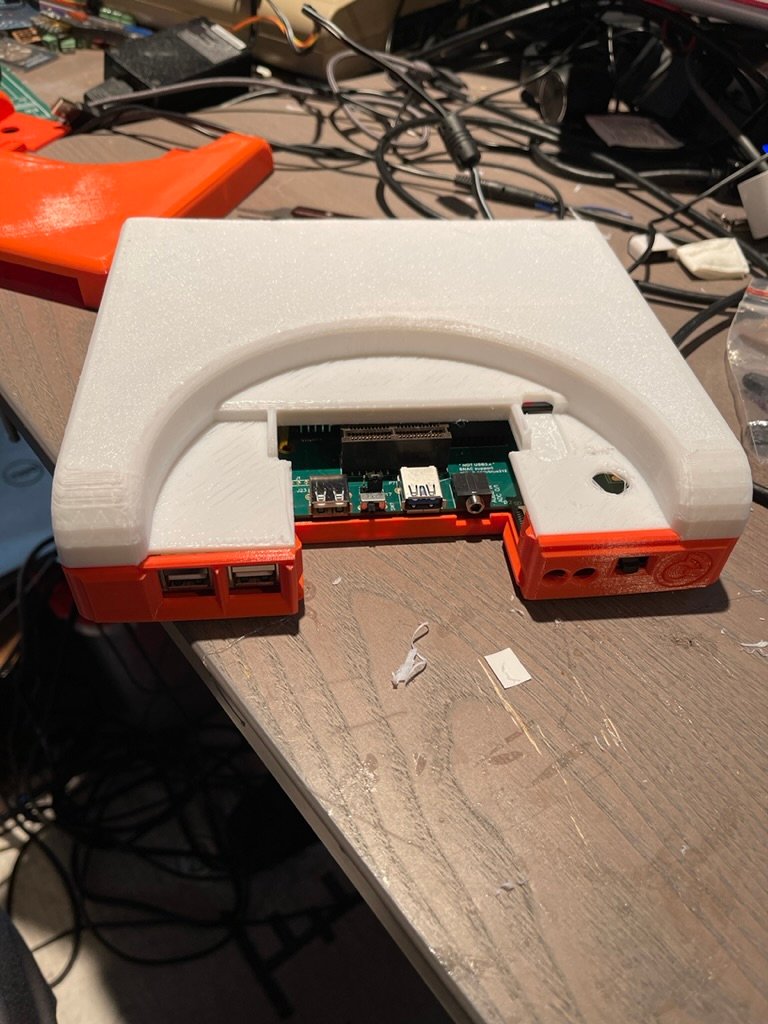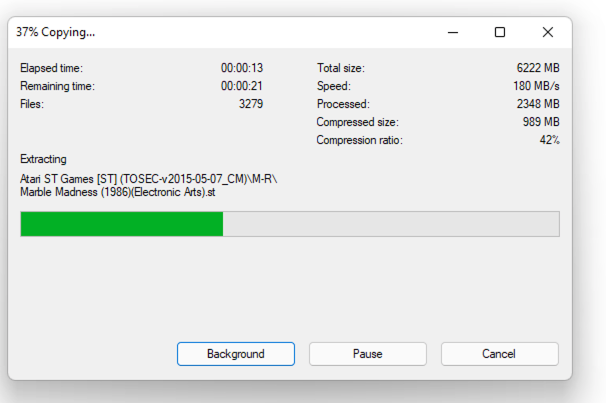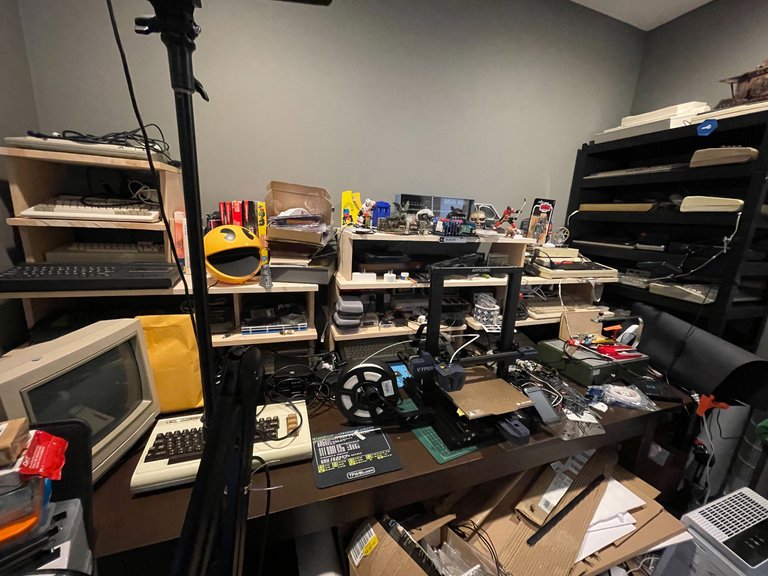Retro Computer Development in 2022: Bringing My Retro Dev Machines Up to Date

While on unexpected leave from work due to a bereavement, I found myself with time on my hands but not the emotional capacity to do anything challenging. This meant I had to occupy myself with "housekeeping" style tasks, which brought me to doing a bunch of software updates.
It seems strange considering we are talking about computers from the 1980s and even earlier, but the world of retro computing continues to progress even now.
First was a complete rebuild of my MiSTer FPGA SD card on a 64GB card to allow for the new larger cores, though I am looking at only using the SD for booting in future and keeping everything else on external USB.

To set up MiSTer in 2022 you can use a SD card image and then update scripts, as I outline in my existing MiSTer FPGA tutorial. The MiSTer community is constantly developing new stuff, with amazing advances in what the cores are capable of, but my latest update was more due to me getting the MiSTer Multisystem.
This circuit board plugs into the MiSTer and enables various sockets and output ports, but especially interesting for the future is to be able to add on boards for native controllers.
While I have an overly large collection of retro computers and consoles, this guy has a real convenience factor.

Another surprising thing is how large the files can be when setting up retro stuff.

I don't know about you, but I remember storage from the era being counted in KB, from first magnetic tape and then later in the decade floppy disks (in the UK hardly anyone had a disk drive until the 16 bit systems due to the enormous cost, I know my North American friends had a different experience).
Heck, my first PC was a 286 but I had to compromise on the monochrome monitor so I could upgrade to the "large" 40MB hard drive.
It boggles my mind that virtual drives for these systems are in the gigabytes!

Right now on my Raspberry Pi I am using various SD cards for different purposes, with the Amiga getting heavy rotation along with RetroPie.
This will change soon possibly, I ordered the cute little TheA500 Mini from Retro Games which will arrive later in the month.
I am a huge fan of PiMiga as I have noted a few times here, so I might keep using PiMiga for development and use the A500 mini for pure gaming.

As well as software updates, somehow I need to somehow get my office organized.
My DIY shelving is just not the right fit for the job, it's taking up too much space and doesn't even display my collection nicely.
One issue for building cabinets etc is the back wall is flimsy, I am not sure how much weight it would hold, but also there is HVAC stuff built into it between this room and the next.
Anyways, I mainly do my programming using emulation just because of the testing round-trips are easier that way - while most of my original hardware does now have modern/modernish storage solutions, it usually does still mean disk-swapping rather than simply writing to a network drive.
To keep myself legal and support continued development, I also upgraded my Amiga Forever license. Not sure what is new from version 8 to version 9, but it did include C64 Forever, and it was only $19. I will have to investigate the included files, seems a bunch of games and demos in there.

My plan is to get back and finish my cross-platform dungeon crawler, and hopefully include support for Amiga and Atari ST, perhaps using STOS/AMOS even though Turbo Rascal does support 16 bit systems ...